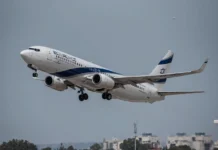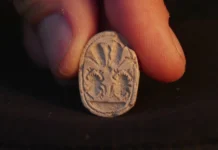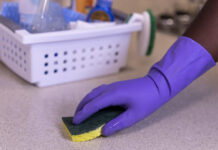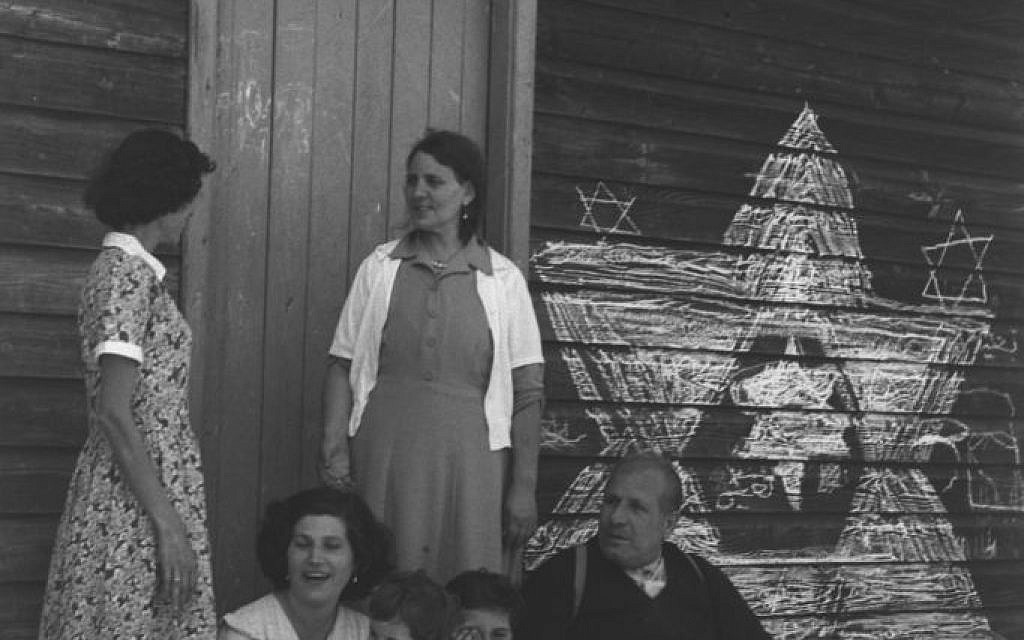Jews have had a a prominent and significant presence in Iraq since the 9th century BCE. Historical sources mention that during the 12th century, the Jews in Iraq had more than 10 religious schools and 238 synagogues. The also had high-status positions in the field of trade and business. For instance, the comptroller in the city of Baghdad, Sasson bin Salih bin Dawood, was a Jew.
The Jews of Iraq lived in Baghdad, Mosul, Basra, Kirkuk, Fallujah and Anbar, where they took part in various economic and commercial activities. They owned many banks, including Zalkha Bank, Credit Bank, Edward Abboudi Bank and others.
Many Iraqi Jews were doctors, pharmacists and journalists. The first Hebrew newspaper in the country, Hadover (“speaker” or “spokesman”), was printed by the first Hebrew printing press, established in 1863 by Musa Baruch Mizrahi. The Jews of Iraq had an Arabic dialect of their own, and they wrote books in Judeo-Arabic, written in Hebrew letters.
High culture
Iraqi Jewish personalities
Sasson Hesqel remains a symbol of sincerity and dedication in modern Iraq. Born to an ancient Jewish family in Baghdad in 1860, he was educated in Istanbul, Berlin and London, and was elected deputy in the Iraqi council of scholarship students in 1908. In 1920, he was appointed as Iraq’s first finance minister, and was considered one of the founders of modern Iraq.
Ibrahim Al-Kabeer was the director general of accounting and finance for the Iraqi government, planned the Central Bank of Iraq and was the first to mint Iraqi money in 1932, adopting Arab names for currencies (dinars, dirhams, fils). Later, eight Arab states copied his system, using the names he had coined.
Menachem Salih, a Jewish Iraqi businessman from the “Torah” neighborhood in Baghdad, was born in 1846. He became a member of the Iraqi parliament in 1925, and represented the Jewish community. He established the Daniel Market in Baghdad in 1929, and also built markets in Al-Hilla and Al-Kifl.
Dr. Jack Abboud Shabi was born in Basra in 1908 to an Iraqi-Jewish family. He was sent to Great Britain in 1932 by the Iraqi government to specialize in psychiatry and neurology. He succeeded in becoming a famous neurologist in Baghdad, where he saw many foreign patients in his private hospital. He treated patients for free three days a week, as documented by his daughter, Hoda, and his brother, Maurice.
Many Jewish personalities contributed to the development of the Iraqi state Jewish religious landmarks in Iraq.
On the shore of the Euphrates in the Kifl region in Iraq is the tomb of the Prophet Ezekiel, a large building containing 60 silos, each with a tower. About half a mile away from Ezekiel’s tomb, there are other graves and Jewish buildings. The tomb is located in a beautiful room with old walls covered in Hebrew writing, and includes a shrine and other graves of Jewish prophets. The entrance to the shrine has an inscription in Hebrew that reads: “This is the tomb of our master, Yehezkel the Prophet, son of Buzi the priest. With his blessings he protects us and all of the faithful children of Israel.”
The Rabbi Joshua Cohen shrine is located west of Baghdad. It was visited by Iraqi Jews as a prayer site.
The Shrine of Nahum, named for the Jewish prophet, is near the city of Mosul. Jews would visit it several times a year. Near the shrine is the burial cave of Nahum’s sister, Sarah.
The Shrine of Ezra the Scribe is located in the village of Al-Uzair, 100 kilometers south of the city of Amara. It was visited by many Jews every year for prayers.
The Shrine of Jonah (in Arabic, Yunus) is in Mosul, where Jews visited and prayed.
There are many other Jewish religious sites in Iraq.
Jewish neighborhoods in Baghdad
The Torah neighborhood is a large area east of Baghdad that had its largest population of Jews between the years 1920-1940, and was named “Torah” in reference to a large synagogue that it contained and a tomb of a famous scholar, Rabbi Isaac.
Al-Bataween in Sadoun Street, Baghdad, is an area that was inhabited by the Jews. Among its most prominent residents were the Shamuel, Naseem Hesqil, Kadoori Merlawi, Salih Selson, Salim Manshi and Ghareeem families. There were several houses of worship there, including the Meir Tuwaiq, Shamash and Mas’udah Shamtoub synagogues.
The Abu Nawas Street area was a Jewish neighborhood in Baghdad, with large Jewish markets.
The Abu Sifin area in Baghdad had many beautiful, old Jewish homes, which still are standing.
Al-Rasheed Street in Baghdad was home to the Shamash School, a Jewish high school established in 1928, which had more than 1,000 students. There were also large buildings and food warehouses owned by Jews there.
Bab Al-Agha district in Baghdad contains the first ophthalmologic hospital in Iraq, the Rima Khadouri Hospital. The hospital was founded by the Jewish businessman, Eliezer Khadouri, in memory of his wife. Many Jews lived near this hospital.
It’s important to remember the history of Iraqi Jews, who played an important role in developing the modern Iraqi state.
Zeyad Al-Ahmed is an Iraqi archaeologist specializing in Mesopotamian Civilization with over 40 articles published in Arabic. He was a Director of Antiquities and an Assistant Secretary General of Museums in Iraq. He currently resides outside of Iraq. Follow him on Twitter at @zeyad_aldulime.


























